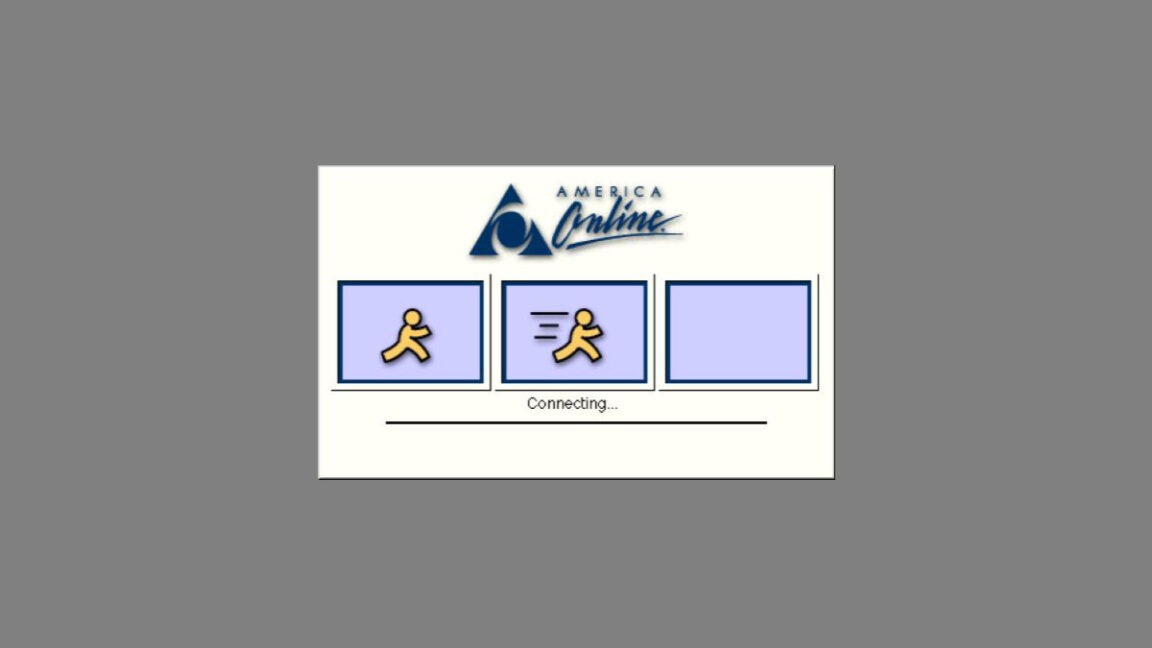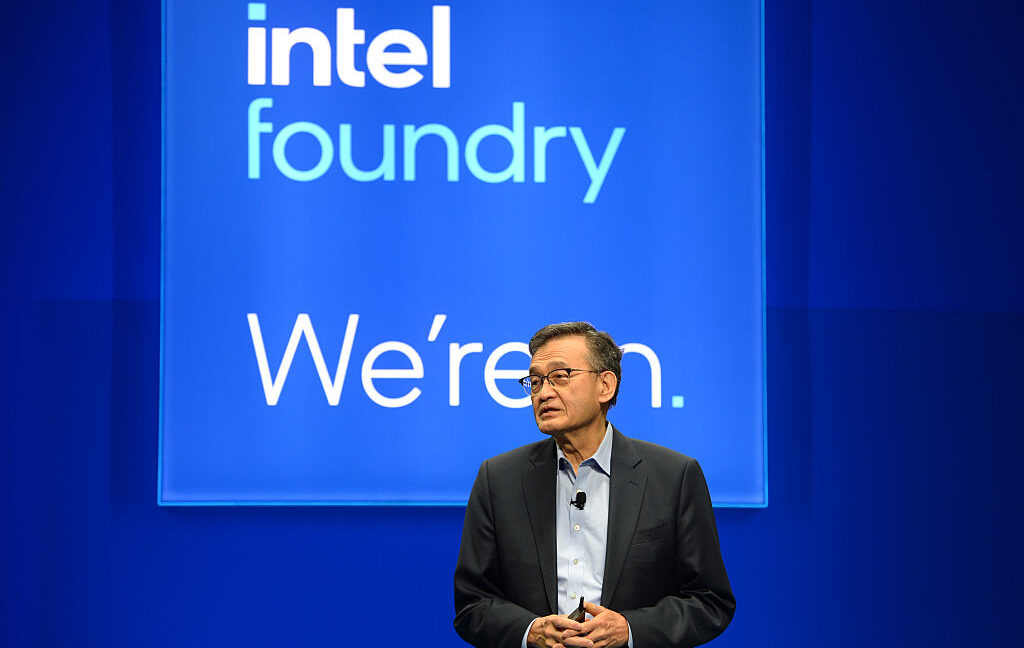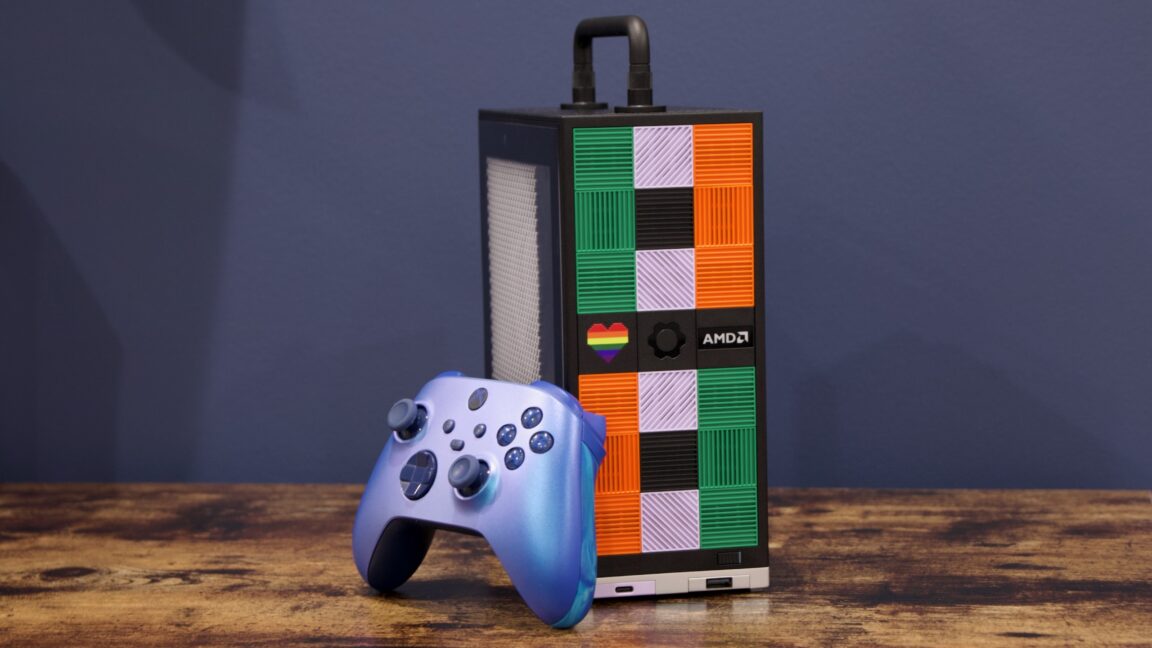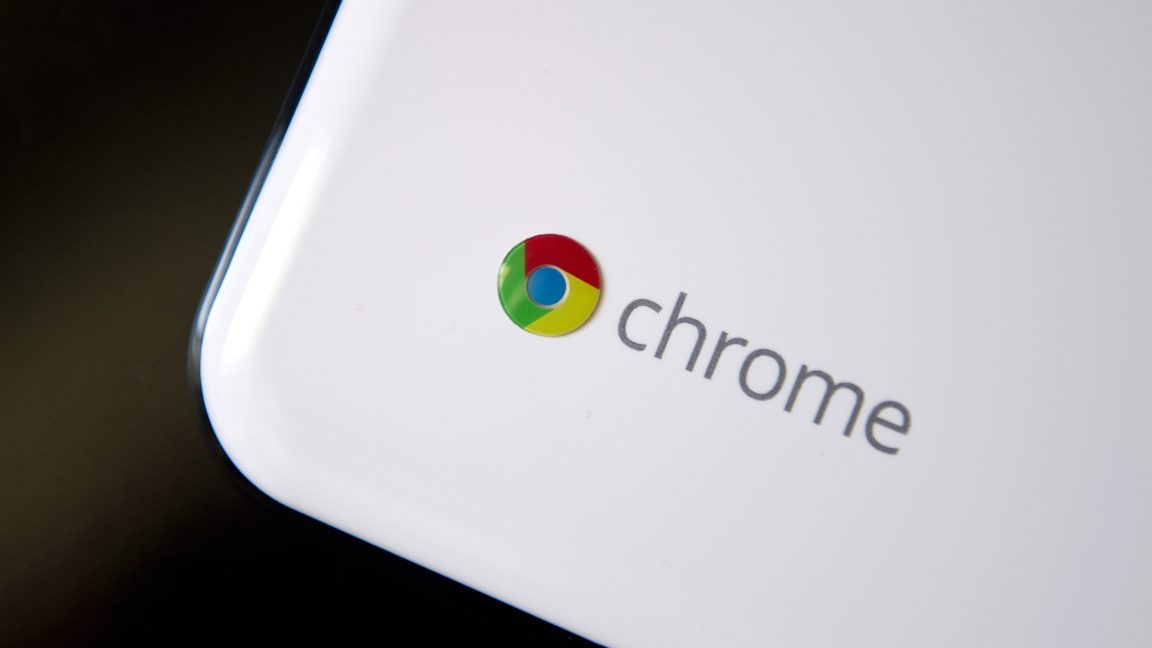AOL to retire dial-up Internet on September 30, 2025, ending an era

After more than three decades of connecting people over phone lines, AOL will wind down its dial-up Internet service on September 30, 2025. The move closes a formative chapter in online access for millions who first reached the wider web through a modem, a local access number, and that unmistakable connection tone.
As part of the phase-out, AOL will also discontinue its legacy connection tools on the same date, including the AOL Dialer software and the AOL Shield browser—utilities originally designed to make slow links and older operating systems feel usable.
AOL’s service began in 1991 as a closed, curated online experience that predated full Internet access for its mainstream users. The company’s lineage stretches back even further to mid-1980s dial-up services for home computers. Broad Internet features—like web browsing, newsgroups, and Gopher—arrived later in 1994, helping AOL scale rapidly to a peak exceeding 25 million subscribers in the early 2000s before broadband’s spread accelerated the decline of dial-up.
Even today, a small but notable number of U.S. households still connect via dial-up, often in rural areas where modern broadband infrastructure is unavailable or prohibitively expensive. For those users, the options can be limited. Satellite Internet now counts a few million subscribers across competing providers and generally offers far higher speeds than dial-up, though it can come with data caps and higher latency. Traditional wired broadband—DSL, cable, or fiber—covers most of the country but remains challenging to deploy economically in sparsely populated regions.
The situation underscores the persistent digital divide. While urban customers may enjoy gigabit fiber, some rural residents still contend with technology that struggles to load today’s rich, script-heavy websites. Tasks that feel instantaneous on broadband can take minutes—or fail entirely—over a dial-up connection.
The speed gap is stark. Typical dial-up connections top out around 56 Kbps, whereas today’s common fiber packages hover near 500 Mbps—thousands of times faster. A high-resolution photo that appears instantly on broadband could take minutes over dial-up; a feature-length movie that streams smoothly today might require days to download on a modem.
The sound and ritual of early online life
For many who first came online in the 1990s, connecting meant clicking “dial,” listening to a chorus of squeals and beeps as the modem negotiated a link, then watching a progress bar inch forward. Access was often metered by the hour or bundled into monthly plans with limited time online. Because the modem used the family phone line, going online could block incoming calls—an everyday source of household contention.
Dial-up worked by translating digital bits into audio signals that traveled across the public switched telephone network. Under ideal conditions, consumer modems reached their 56 Kbps ceiling. What set AOL apart was ease of use: instead of manually configuring PPP or TCP/IP settings, most people simply installed a disc, entered a login, and clicked “Connect.”
Beyond connectivity, AOL shaped early Internet culture. Instant messaging popularized real-time chat for the masses, chat rooms evolved into proto–social networks, and the cheerful “You’ve got mail” alert became part of pop culture. Branded keywords taught newcomers to navigate through curated portals before search engines took over.
Dial-up also had pitfalls. Misconfigured access numbers sometimes led modems to dial long-distance points, leaving unlucky users with eye-watering phone bills. Pricing tweaks over the years sowed additional frustration; at one point in the mid-2000s, dial-up plan rates approached the cost of entry-level broadband, even as the user base steadily shrank.
What remains after AOL’s exit
AOL’s departure doesn’t erase dial-up entirely. Niche providers such as NetZero, Juno, and Dialup 4 Less still offer service where phone lines exist but broadband options do not. Some organizations keep a dial-up path as a low-bandwidth fallback for specialized tasks that demand reliability more than speed, like certain point-of-sale or telemetry connections.
The underlying phone network continues to evolve behind the scenes, with many calls now routed over modern packet-switched systems. As long as traditional telephone service is available, dial-up remains technically feasible—though increasingly impractical as websites and apps assume broadband-level performance.
For AOL, supporting a legacy dial-up platform likely became more about serving a dwindling but dependent community than generating meaningful revenue. Over time, the operational and support burden of maintaining aging infrastructure can eclipse the benefits.
With the September 30, 2025 shutdown date set, remaining subscribers will need to evaluate alternatives—satellite, fixed wireless, mobile hotspots, or any available wired broadband. Some will find workable replacements; others may face losing a primary connection, a reminder that the convenience many take for granted is still not evenly distributed.



